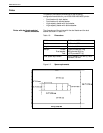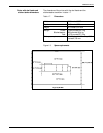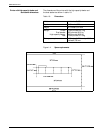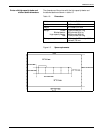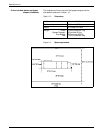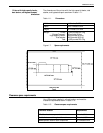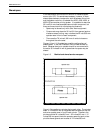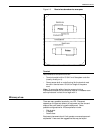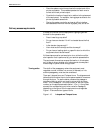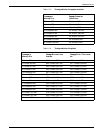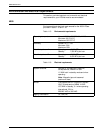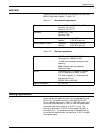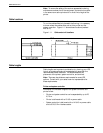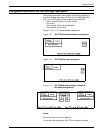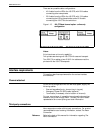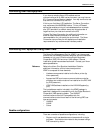
PREINSTALLATION
• Place the system controller as close to the output end of the
printer as possible. This enables operators to reach over to
collect and check printed output.
• Consider the location of supplies in relation to the placement
of the equipment. For example, having paper as close to the
printer as possible saves time.
• Placing the system controller as close to offline interface
devices saves time when monitoring tapes, jobs, and so on.
Delivery access requirements
It is easy to overlook how the equipment is going to get from
the truck to the operation site.
• Does it need to go up stairs?
• Do you have an elevator if it will be located above the first
floor?
• Is the elevator large enough?
• How wide are the hallways and the doorways?
• Do you have a loading dock or a specific door to which the
equipment should be delivered?
All these issues must be reviewed prior to or at the time of the
site inspection that is performed by your service representative.
The equipment dimensions are specified earlier in this chapter,
so it is easy to know whether your hallways and doorways are
wide enough to permit travel through them.
Turning radius The width of the passageway where the equipment must
negotiate a corner, whether into a room (or elevator) or into
another passageway, must also be considered.
There are L-shaped turns and T-shaped turns. The diagrams and
tables that follow show the minimum space needed to maneuver
through the turns. To use the tables, measure the passage or
doorway width into which you want to move at its minimum
width. This is Passage A. Find that number (or the next higher
number) on the appropriate table (table 1-13 or 1-14) and read
across to the corresponding minimum value for Passage B,
depending on the type of turn the equipment must negotiate.
Figure 1-10 shows the two types of turns.
Figure 1-10. L-shaped and T-shaped turns
1-16 XEROX 4050/4090/4450/4650 LPS INSTALLATION PLANNING



